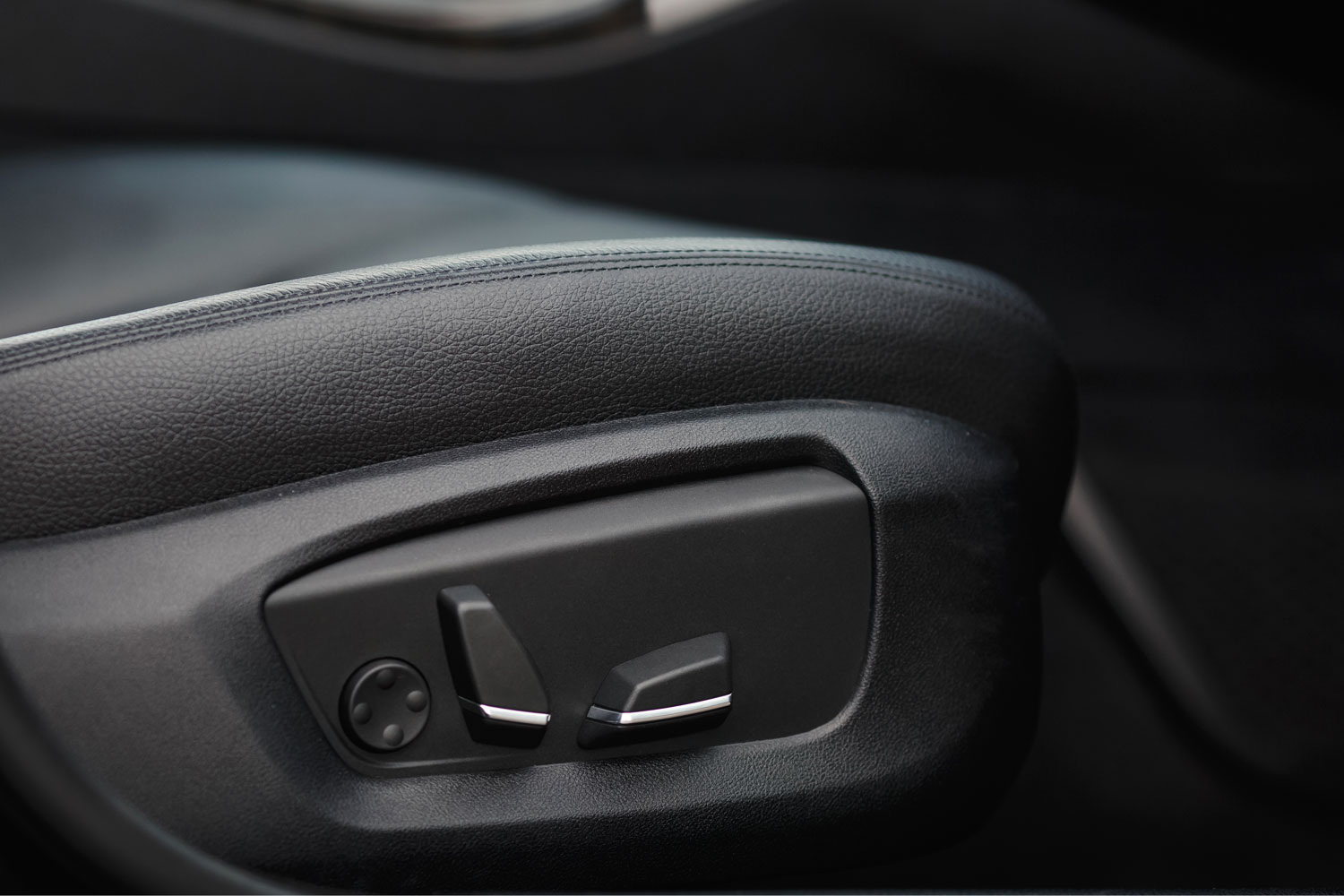How to Put on Seat Covers
Protecting your car’s seats with covers is simple and requires no special tools.
 Getty Images
Getty Images
Article QuickTakes:
Installing seat covers in your car is more straightforward than it might sound. It’s almost like putting a shirt and pants on your seats. If you follow the correct procedure, they’ll generally slip on with minimal effort.
Choose the Right Covers
First, make sure you buy the type of seat cover that fits your car and suits your needs. Universal seat covers are designed to fit a wide range of similarly sized cars and are usually the least expensive option. Custom-fit covers tend to cost more, but they’re tailored to precisely fit a specific make and model’s seats.
Other details to keep in mind while shopping are the type of material the covers are made of and whether your car has side airbags built into the front seats. If so, you’ll need to choose airbag-compatible covers.
The Basics
You don’t have to remove your seats to install covers, but sliding them forward and backward during installation will give you more room. Be sure to leave your key in the ACC (accessories on) position if your car is equipped with power front seats. Although installing seat covers normally doesn’t require special tools, keeping a flashlight handy may help.
Start by cleaning the seats. Vacuum dust, crumbs, dog hair, and other debris from the seats’ nooks and crannies. When everything looks good, take the covers out of their packaging and figure out which piece goes on which seat. For the front seats, you’ll have either one, two, or three pieces—depending on the type of covers you’re installing. For the rear seats, you’ll usually have two pieces.
Front to Back, Top to Bottom
The cover that protects the seatback slips on like a T-shirt. You can simply slide it on if it goes over the headrest. If it doesn’t, you might need to remove the headrest—an easy task that usually requires pushing on the plastic adjustment tab located on the top of the seatback and pulling out the headrest.
When the cover is snugly installed on the seatback, it’s time to secure it. Different cover manufacturers use different securing methods. The most common solutions are Velcro straps and fabric straps with S-shaped hooks, although some seat covers are fitted with both. In many cars, strapping down the seatback cover requires sliding the straps in the space between the seatback and the cushion, and tying a knot.
If the cover set you purchased includes a headrest cover, slip it on when you’re done with the seatback. It’s similar to putting on socks. With the top part done, you can move on to the seat cushion.
Wrap the cushion cover over the seat cushion and gently tuck the back part of it into the space between the cushion and the seatback. Here again, you’ll spot a series of straps attached to the cover. If they have S-shaped hooks, pull on them until the cover is just tight enough to take the seat’s shape. Then attach the hook to part of the seat’s structure, like one of the springs. If they don’t have hooks, you may need to tie a knot under the seat; it depends on the model of car it’s going in and type of cover.
Broadly speaking, the process described above applies to the rear seats as well. One exception is that many cars are equipped with split-folding rear seats. If yours has this feature, tilting the cushion forward saves time by giving you a clear view of what you’re doing when you’re attaching the cover’s straps.
Note that some manufacturers recommend tightening the seat covers after about two weeks of use.



